Did you know that farmland hosts 313 species of birds, and 69 per cent of all breeding bird species in Canada?
One of the most famous is the Bobolink, which has one of the longest migrations among North American birds. It can cover a total distance of 20,000 kilometres in one year. It can also even fly over the ocean without stopping for 1,900 km or more. Bobolink prefer nesting in tall grasses such as hay fields.
Another grassland bird, the Eastern Meadowlark prefers shorter grasslands such as pasturelands or hay fields where there is good litter cover of dead grass from past years. Grasslands with too much alfalfa are avoided by both species.
The Canadian Wildlife Federation (CWF) and friends are helping to conserve these and other grassland songbirds on Canadian pastures and hay fields. As more agricultural land becomes converted for urban development or annual crops such as corn, canola and soy, the remaining pasture and hay fields becomes increasingly important for the survival of grassland birds.
Well-Grounded Ideas
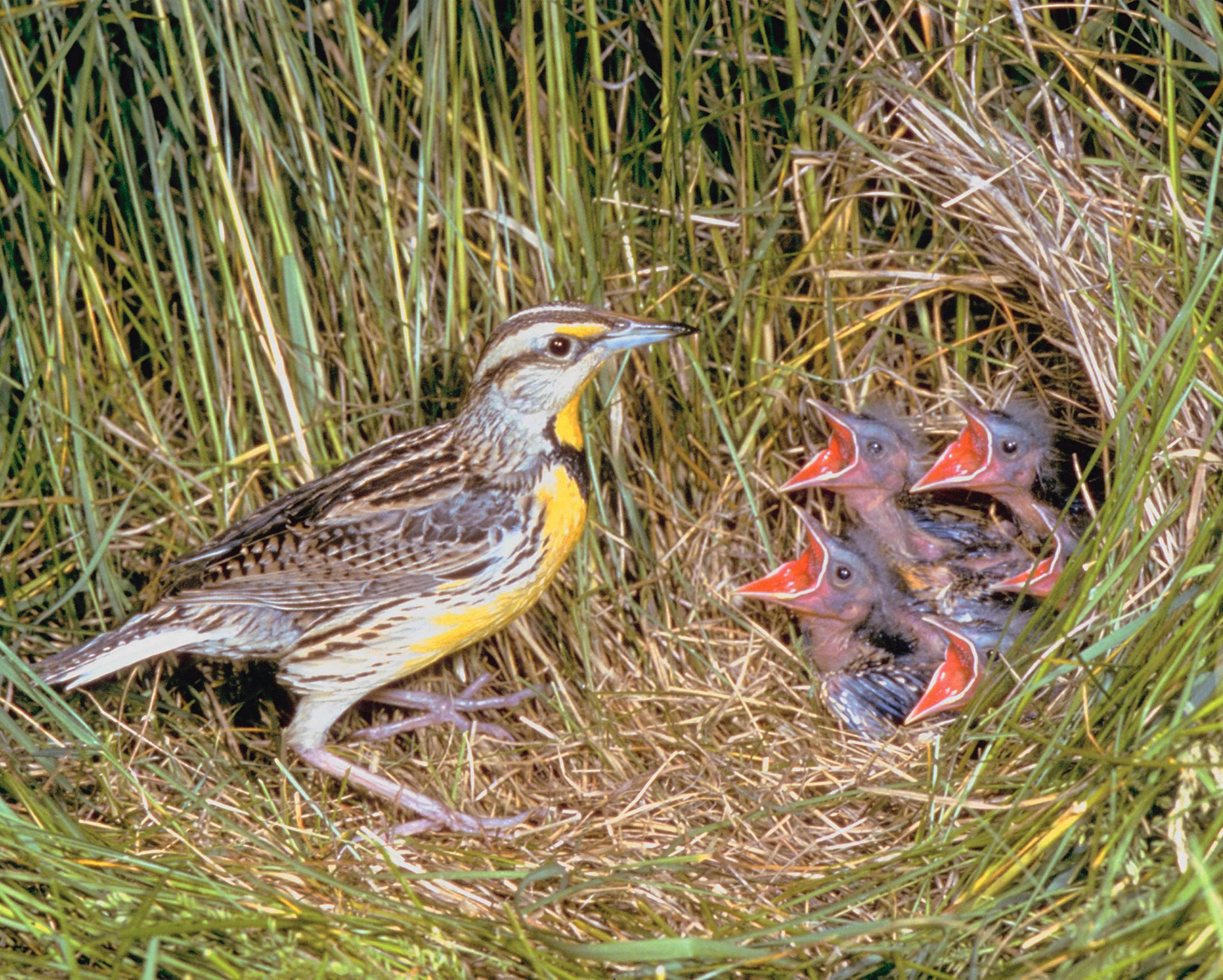
Agricultural producers using best practices on hay fields and pastures are key to promoting the recovery of grassland bird populations and their habitats. Pasturelands and hay fields are home to grassland birds that nest only in these environments.
According to the 2019 State of the Birds Report, grassland bird populations have declined by approximately 60 per cent since the 1970s. Some of these species, such as Bobolink and Eastern Meadowlark nest on the ground in mid-May, but their young can’t fly or flee very well until mid-July.
CWF conducted a two-year pilot project with 20 livestock producers in western Quebec to identify best practices for supporting the grassland birds. We also produced a new animated video to help producers in other areas of the country apply good conservation practices to increase biodiversity and sustainability.
Options for Conservation
Delaying haying until July 15 is the best practice, but other options include rotational grazing, mowing the outer portion of the hay field and creating a refuge plot in the centre until mid-July. Alternately, farmers could install a flushing bar during mowing operations to reduce bird mortality.
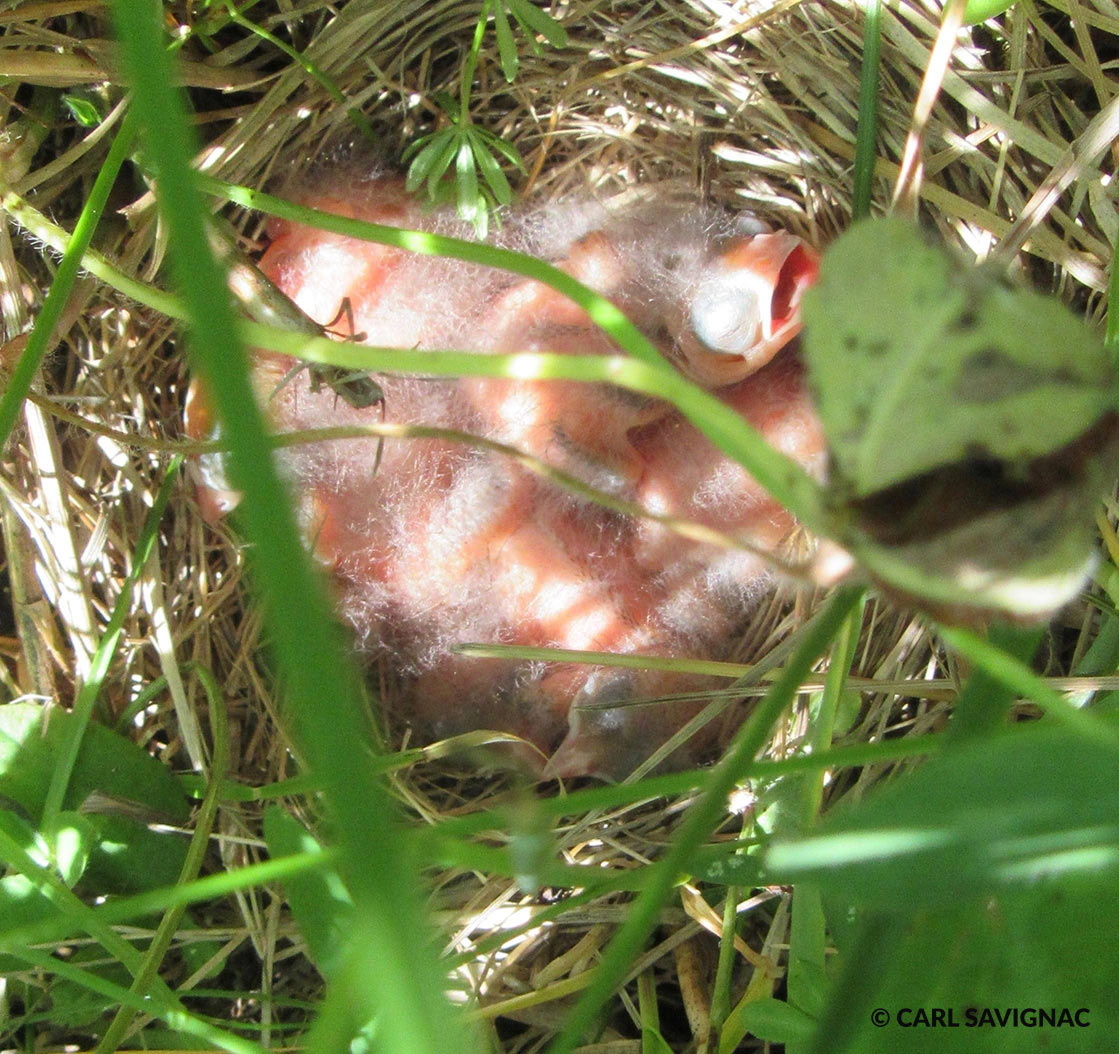
The public can also help these birds in a variety of ways:
- Consumers can support local producers using best practices for wildlife
- Horse owners and riders can support bird-friendly hay producers
- Canadians can post photos of Bobolink, Eastern Meadowlark, Barn Swallow and other farmland wildlife to iNaturalist.ca or submit them to the CWF photo contest.

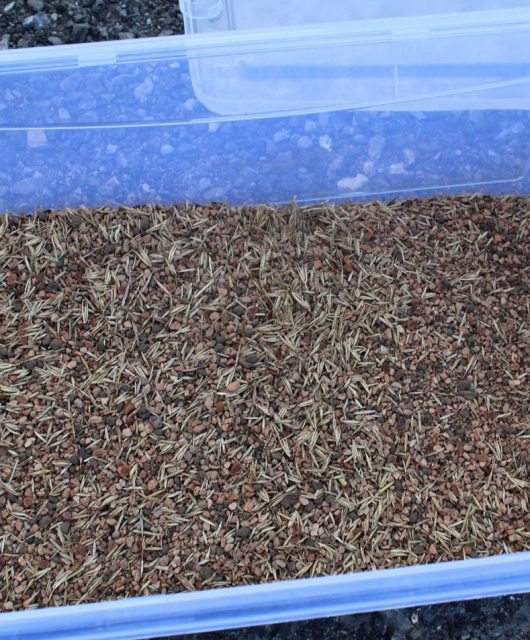
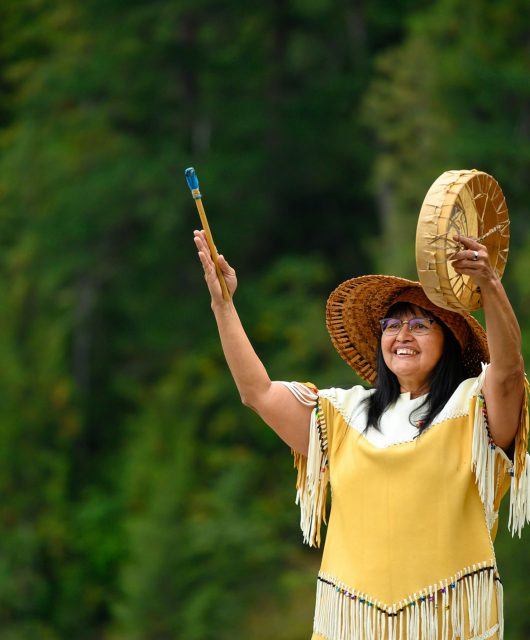
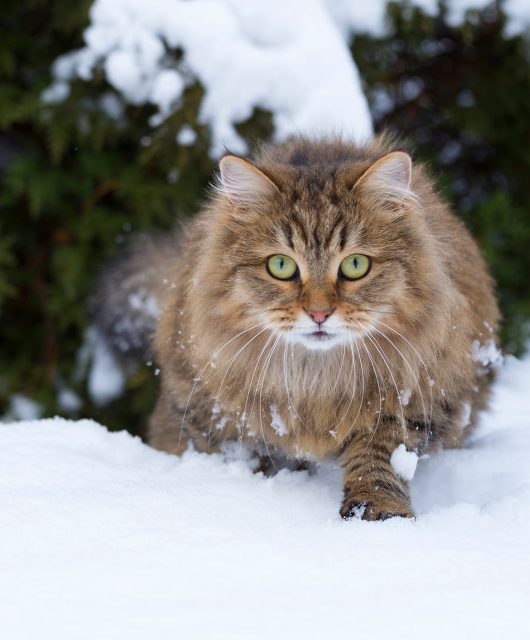
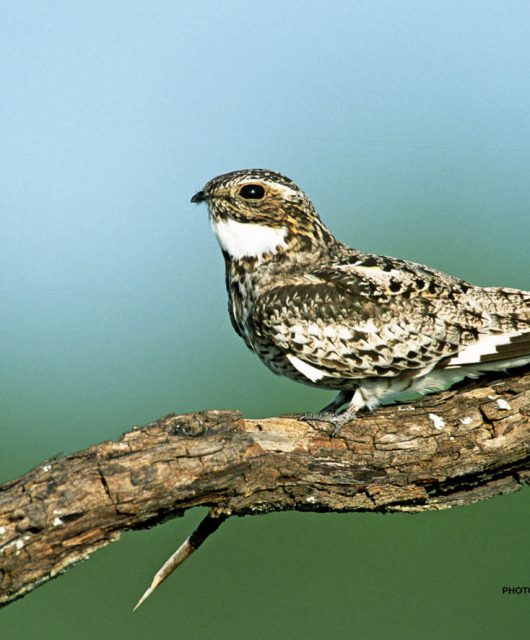
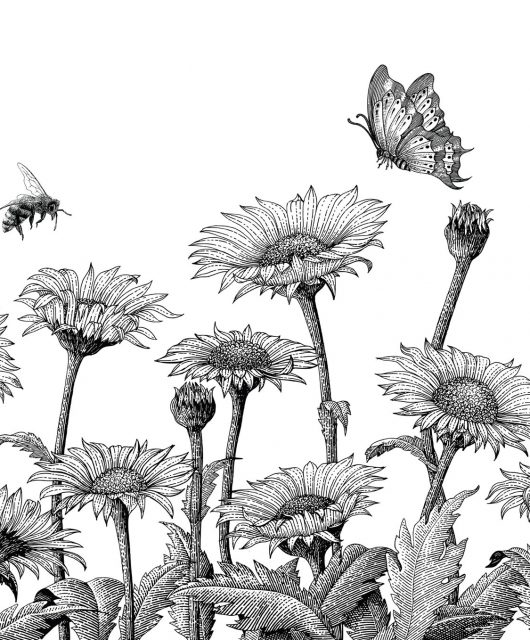
1 comment